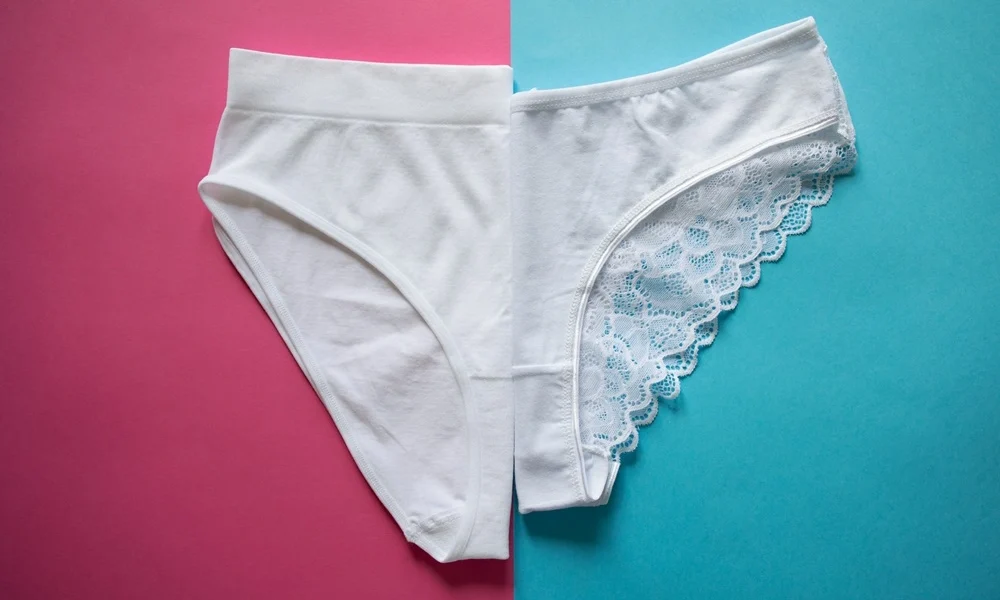Understanding the different types of samples is essential for successful garment manufacture. Before mass production, samples act as prototypes that allow designers, producers, and other stakeholders to see and assess the finished product.
This extensive guide will cover twelve key categories of garment samples you should familiarize yourself with. Each category, from fit samples to production samples, has a particular function in creating and improving clothes. Join us as we explore the world of clothing samples and learn important details about their importance in creating garments.
What is Sampling in Garment Manufacturing?
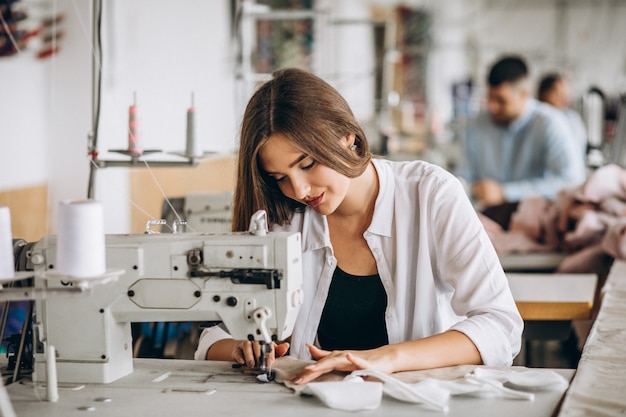
Sampling is known as making a product prototype before beginning production in large quantities. The same procedure is used while making samples of clothes. Making clothing samples is crucial before setting the bulk order in industrial garment manufacturing, where clothing firms buy clothing in large quantities.
What Is The Purpose Of Clothing Samples In The Apparel Industry?
The sampling aims to reduce the possibility of purchasing the incorrect raw materials or incurring manufacturing errors that the customer will not accept. The sampling procedure includes testing the fit of the garment, examining the quality of the fabric and trims, approving value-added procedures, and approving the finished garment as a whole.
Most buyers have a standard demand for clothing samples for the product when purchasing the bulk garment, including the sorts of samples they call for, the quantity of each type of sample, and the deadline for obtaining the samples.
Stages of Garment Sampling
There are typically three steps involved in developing samples with your factories. The first group of samples represents the design phase, which ranges from the concept stage to the creation of patterns. The second sample set is used in the evaluation process to determine how well the garment fits, forecast costs, determine order quantities, and other things.
To assure the quality and consistency of the entire batch, you must review apparel samples once more once the collection has been approved and sent to production. These samples line up with the quality assurance stage.
Most, if not all, of these samples are necessary to provide a high-quality product that will satisfy your clients and succeed in the fiercely competitive market nowadays. Everything you require to succeed with sampling is gathered here.
Types of Garment Samples
Mock-Up
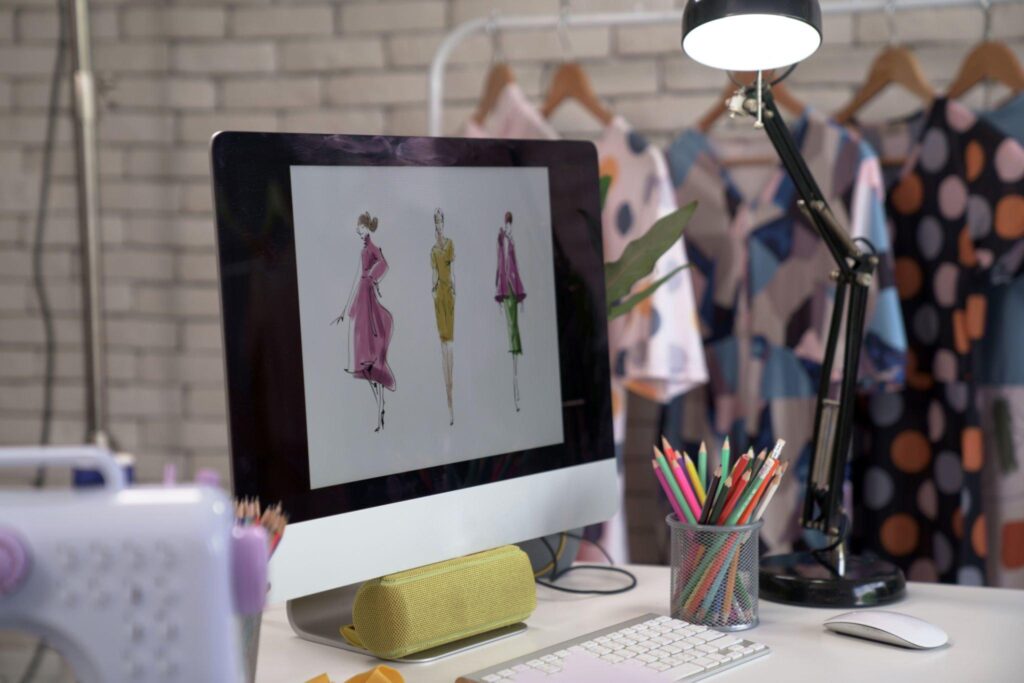
The first version of a designer’s concept is the Mock-ups/muslin sample. Mock-ups are essential when the idea might not communicate as effectively in print as on fabric. It has no trimmings needed and only determines whether the garment is wearable. Not every design calls for a mock-up. Thus not every clothing manufacturer uses these kinds of samples.
Proto/Development Sample

The entire production cycle is launched with the prototyping sample. Factory workers either adhere to the original sketch or the designer’s tech pack. It doesn’t need to be built following all standards because the goal is to only evaluate the style and design aesthetics.
Any fabric and trim with comparable weight can be chosen depending on what is available. Three prototyping samples are typically produced: two for the brand/designer’s references and one for the factory.
Digital Garment Sample

A digital apparel sample is created using software that displays the 3D form of the garment. Customers can view the garment fit, fabric fall, and pressure areas (tight fitting) on the chosen digital model on the digital sample in both static and moving form.
Many buyers and made-to-measure consumers choose digital garment samples because of technology, which also helps shorten the time it takes for the sample approval procedure. The customer accepts the screen display as equivalent to a physical apparel sample, and feedback and suggestions are based on it.
Fit Sample
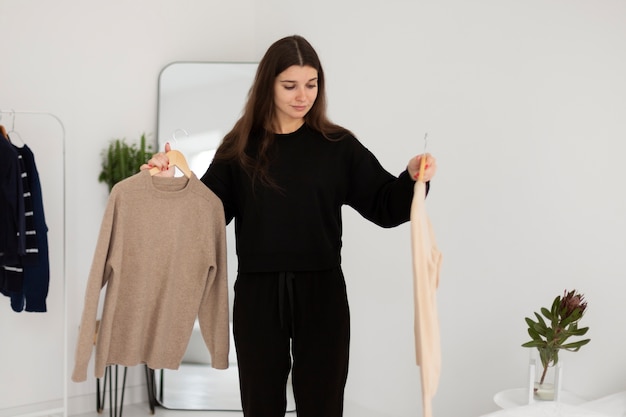
One of the most crucial factors in clothing design is fit. The fit sample is created using the measurements from the spec sheet and the design sketch. Creating a FIT sample aims to evaluate how a garment fits on a dress form or an actual human body.
The FIT sample is used to validate the measurement parameters, and the measurements are rectified following the fit requirements. Before the size set sample is generated, the fit sample is developed following the proto sample.
The fit sample is designed for the medium size, just like the proto sample. For the fit sample, one to two samples are created. FIT samples typically have a greater rate of sample resubmission than other approvals.
Size Set Sample
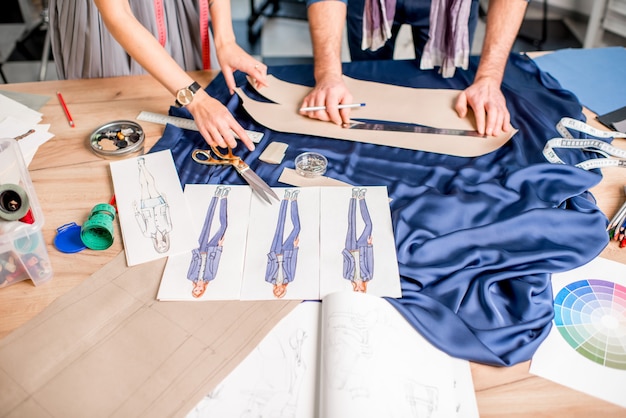
The base pattern for each size must be evaluated after the fit sample has been authorized to make clothing samples for the whole size range. Three examples of each size, made with the fabric and finishing specified for the finished item, are included in the size set sampling.
Mass production can begin once this is finished, and the factory has received the brand’s permission. Include accurate size range specs in your tech kits.
Salesman Sample

The salesman samples (SMS) are used for the product line’s promotion and marketing, as the name implies. They are created in the specified standard sizes using the final fabrics and finishing touches. To obtain orders from certain retail channels, these are typically displayed in retail stores or displayed at trade exhibitions.
GPT Sample

The garment performance test (GPT) sample is taken from mass manufacturing and sent to a testing facility. Garment performance tests are performed on GPT samples, including checks for print quality, metal chemical resistance, seam strength, seam slippage, and button-pulling ability.
The process for buyers specifies a list of lab tests that must be completed. In general, customers do not request the submission of GPT samples. The GPT test report on the ideal test parameters for the item is required. A minimum of two GPT samples from the factory are required for production.
Pre-Production Sample

PP samples must be produced on the production line following all order specifications. Any sample may be approved or refused at this step, which is the major one for a garment order. The remainder of that order’s process can begin if the sample is accepted. However, if refused, existing procedures will be revised.
The PPC (Planning, Production, and Control) section is also engaged in this stage. There is no way for the PPC department to approve any style change once they are involved. Compared to other stages, this one is quite crucial. Here, more attention must be paid to confirm an order accurately.
Sealed Sample
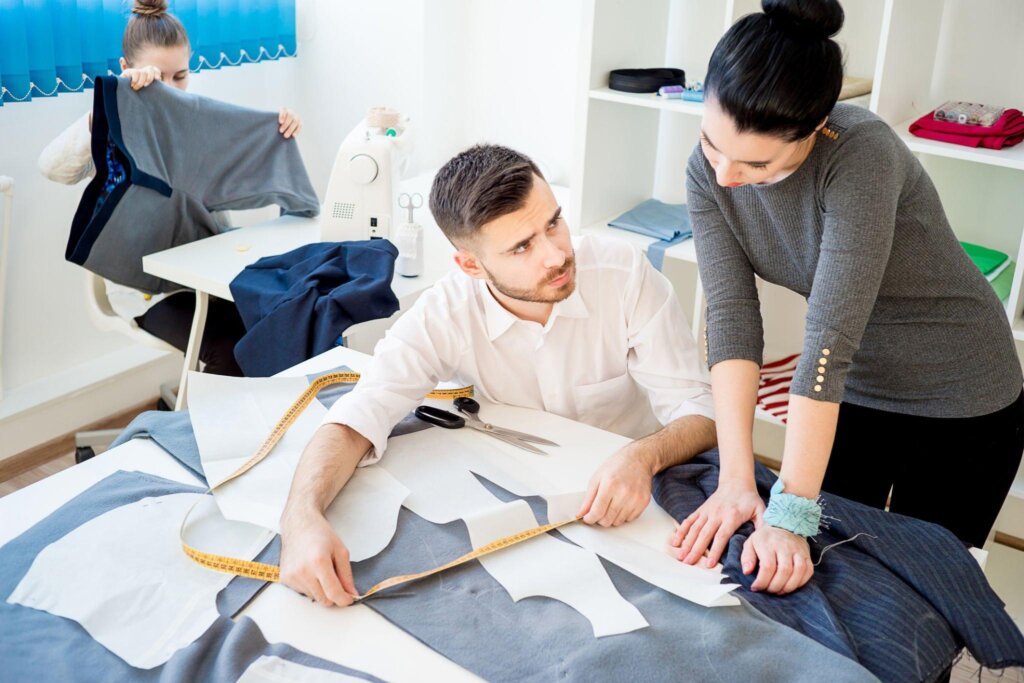
The PP samples are sealed to avoid interference from the factory after the brand has approved them, and they are then used as the norm for mass production. Based on the brand’s approval or rejection, they are sometimes referred to as red or gold-seal samples.
TOP (Top of production) Sample

The Quality Control inspector for a brand may visit the factory whenever they pick and choose a garment from the manufacturing line for inspection following the acceptance of the PP sample, which marks the beginning of production. These “top of production or TOP samples” are analyzed to ensure the entire batch is of the same caliber as the PP sample. TOP samples are examined for packaging as well.
Shipment Sample
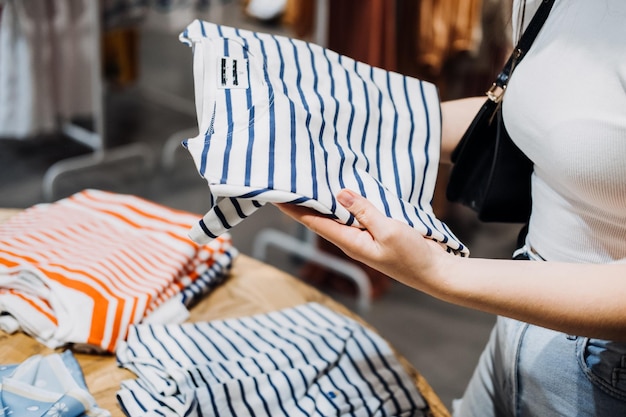
The manufacturing facility sets aside a few samples of clothing as shipment samples once the entire batch is complete and the shipment is put together, packed, and prepared to travel. These are used to test every aspect of the finished product before it is released to the public, from the folding to the packing. Many companies won’t allow shipping unless the samples pass this inspection.
Press Samples
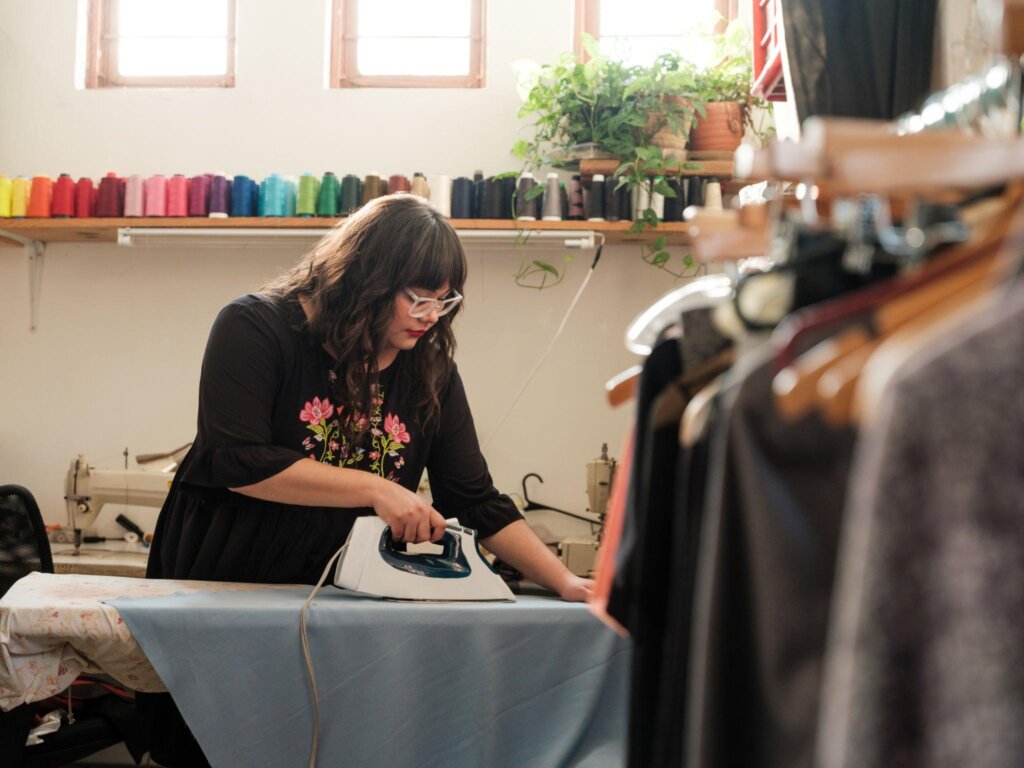
Press samples, often in the sample size for models, are identical duplicates of the final, marketable product. They can be lent to publications for professional photo shoots and are used for promotional photography materials like advertisement collection campaigns, lookbooks, and e-commerce.
Importance of Sampling in The Apparel Industry
Sampling is essential for getting the buyer’s orders. It indicates the manufacturer’s or exporter’s ability to produce the required results per the specifics and data requested by the buyer.
In addition, these different types of sampling provide a rough estimate of the time and money the garment manufacturer will need to finish the entire order and deliver the products on schedule. The future of receiving customer orders may depend on the success of a product sample.
A high-quality clothing sample can attract more customers and buyers who want to produce clothing. Additionally, it allows the manufacturer to find fabric, trimmings, and other garment accessories that are required for the design at a lower cost but of higher quality, helping to save costs.
It can assist in removing bottlenecks and optimizing process parameters for mass production. On the other side, customers may monitor the required designs, styles, and clothing manufacturing that are typically outsourced to manufacturers far away.
A buyer can more easily assess the fit, feel, fall, colors, and patterns of a particular style by holding a real sample of the apparel. Therefore, it can be inferred that sampling in garment exporting is crucial, not only for the business itself but also for the customer.
Concluding Note
In a word, successful apparel production and the launch of a clothing line depend on an awareness of the several kinds of apparel samples. Every sample, from salesman samples to mock-ups, has a distinct function in creating and improving apparel.
By understanding the significance of sampling, aspiring entrepreneurs can gain valuable insights into how to start a clothing line and make well-informed decisions that increase the quality of their products and the satisfaction of their customers. Therefore, for those aspiring to start a clothing line, recognizing the value of sampling in the apparel industry is paramount for achieving success in today’s highly competitive marketplace.
Related : How to Find a Clothing Manufacturer: Tips for High-Quality Standards!



